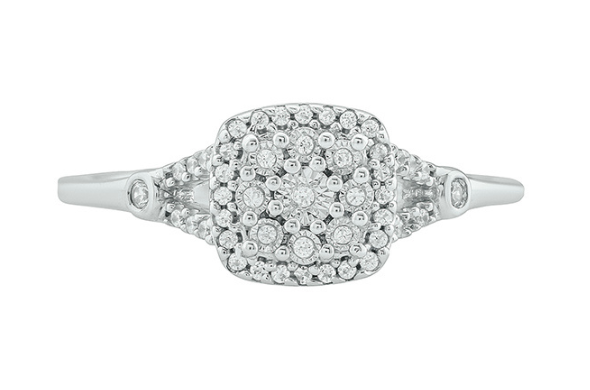Jewelry Guide
Setting Types
The metal foundation that keeps a gemstone or diamond in place is referred to as the Setting Type. Each setting type is designed to enhance the beauty of the stones as well as the radiance of a jewellery piece. If you're wondering what sort of setting is ideal for you, we've broken down some of the most frequent and regularly used setting types.
Prong Setting
Prong settings are the most frequent and popular form of setting, often consisting of four or six prongs curved around the girdle of the gemstone or diamond. The diamond obtains maximum exposure to light from top to bottom due to its high elevation. Many people love this setting style for their engagement rings, stud earrings, or tennis bracelets because it maximises the visibility of the diamond while minimising the look of the metal. This setting is suitable for a wide range of faceted stones. It ensures that the stone is positioned at the proper height, perfectly straight, centred, and secure. A two prong setting is used for particularly big stones that require more security and support.
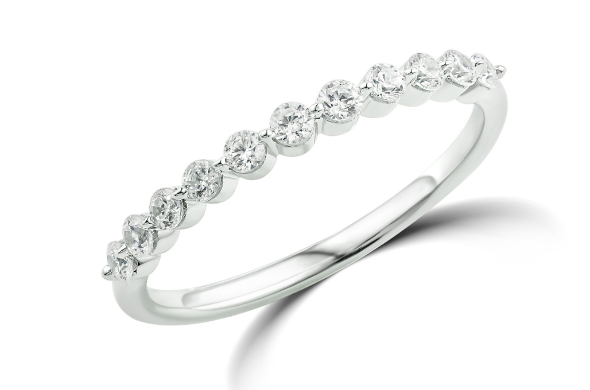
Pave Setting
Pave setting is just a more refined variation of prong setting. This setting, derived from the French phrase "Pave," which means "to be paved", has the diamonds placed on the metal with the assistance of grains that are drawn up from the metal and forced on the diamond. These settings with small diamonds produce a continuous surface of brilliance and sparkle, and they are usually rhodium-plated to enhance the impression of the jewellery. This setting style is favoured for engagement rings and earrings because the ring's surface seems to be studded with stones, creating a spectacular impression.
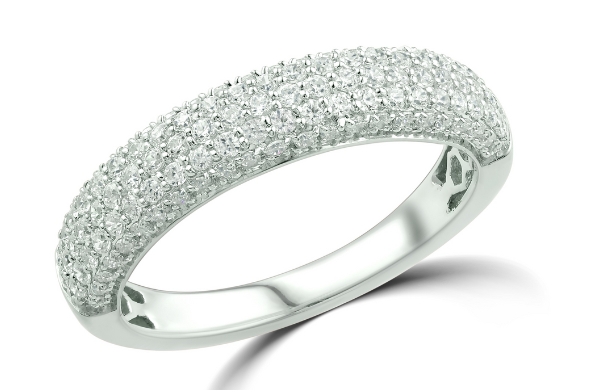
Channel Setting
Channel setting is a technique in which stones are hung between two metal bars or strips known as channels. Instead of being kept in place by a separate set of prongs, the stones are placed into the channel and held in place on both sides by a continuous strip of metal. The stones are positioned girdle-to-girdle along the groove and fixed by hammering the channel walls' upper surfaces. Channel settings are suitable for a wide range of faceted stones, including round, brilliant, princess cut, emerald cut, baguettes, and so on. This mounting style is popular for diamond rings and tennis bracelets.
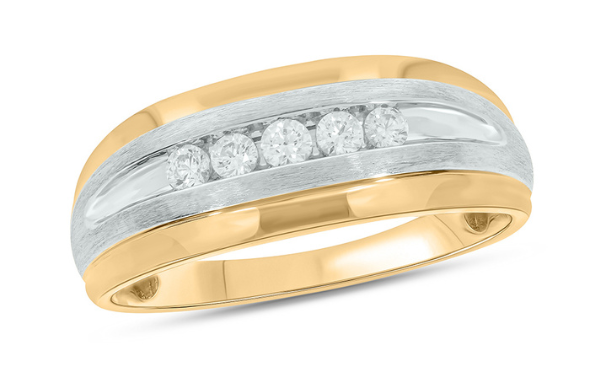
Bezel Setting
A bezel setting is when a diamond is entirely encircled by metal and is commonly used to mount flat-backed stones such as cameos or cabochons. Bezels feature a thin rim of precious metal, which can be ornate or simple, that completely or partially surrounds the stone. This rim can then be bent slightly inward, toward the stone, to assist the adhesive adhere to it. To fit the stone, bezels might have straight edges, scalloped edges, or be sculpted into any form. The bezel setting is most commonly associated with round diamonds, but it also works well with various diamond shapes.
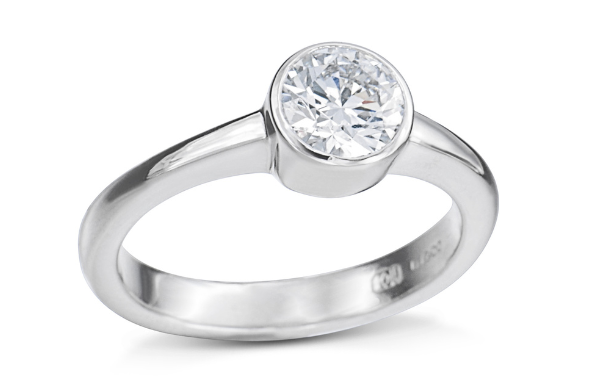
Pressure Setting
A pressure setting is one in which the typical settings that keep the gemstone in place are absent, leaving only the pressure of the gold against the stone to do so. More than seven round brilliant cut diamonds are grouped together in this piece, and the central stone is encircled and kept in place by additional stones. The diameter of the diamond is critical for pressure setting since even the smallest discrepancy causes the danger of the diamonds falling. Pressure setting mimics the appearance and feel of a round brilliant solitaire diamond and is therefore popular.

Invisible Setting
One of the most challenging techniques of setting is invisible setting. The stones in this setting are arranged in such a way that metal is not visible between them, creating the illusion of an uninterrupted and continuous surface. The stones are grooved just below the girdle, and then put into metal rails to keep them in place. Because the straight edges may be positioned extremely near to each other without leaving any gap between them, invisible settings are ideally suited to square, princess, emerald, baguette, and trillion cut diamonds and gemstones. This method is used to give the appearance of bigger diamonds.
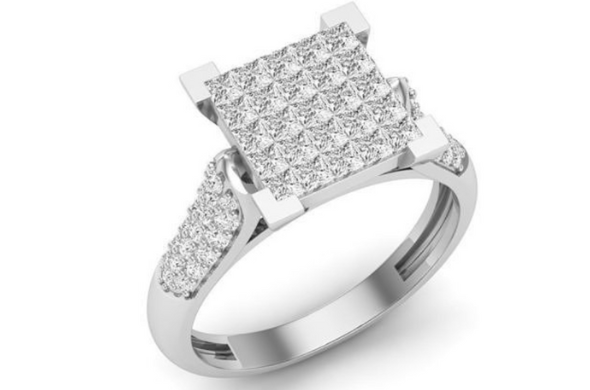
Illusion Setting
The stone is set in an illusion setting with a collet of shiny and brilliantly polished metal. The metal edges are then chopped or sculpted such that when twisted around the stone, they appear to be a part of the stone. This type of setting is typically used to accentuate the size of a tiny diamond. Small princess cut diamonds, for example, put next to each other in an illusion setting. Setting and holding from below might create the appearance of a single bigger princes cut diamond.
